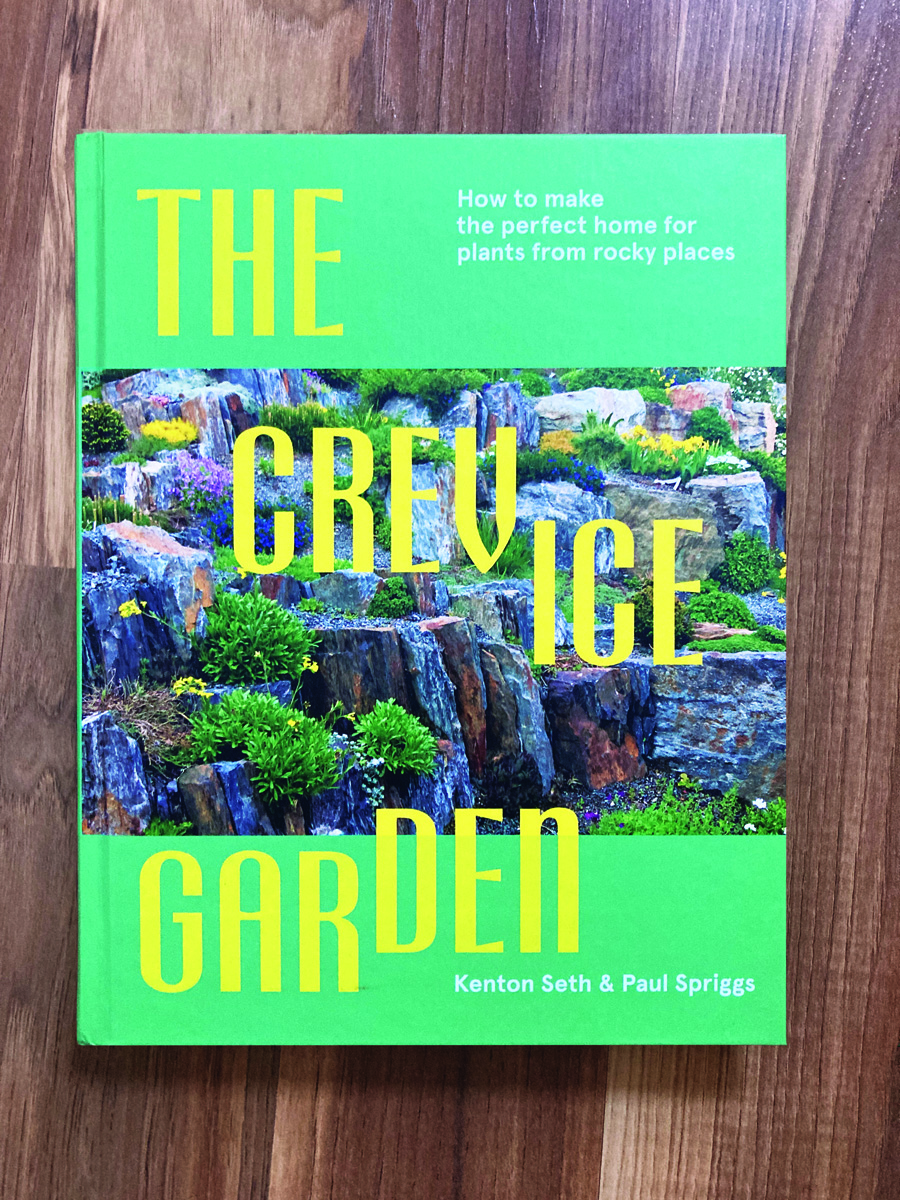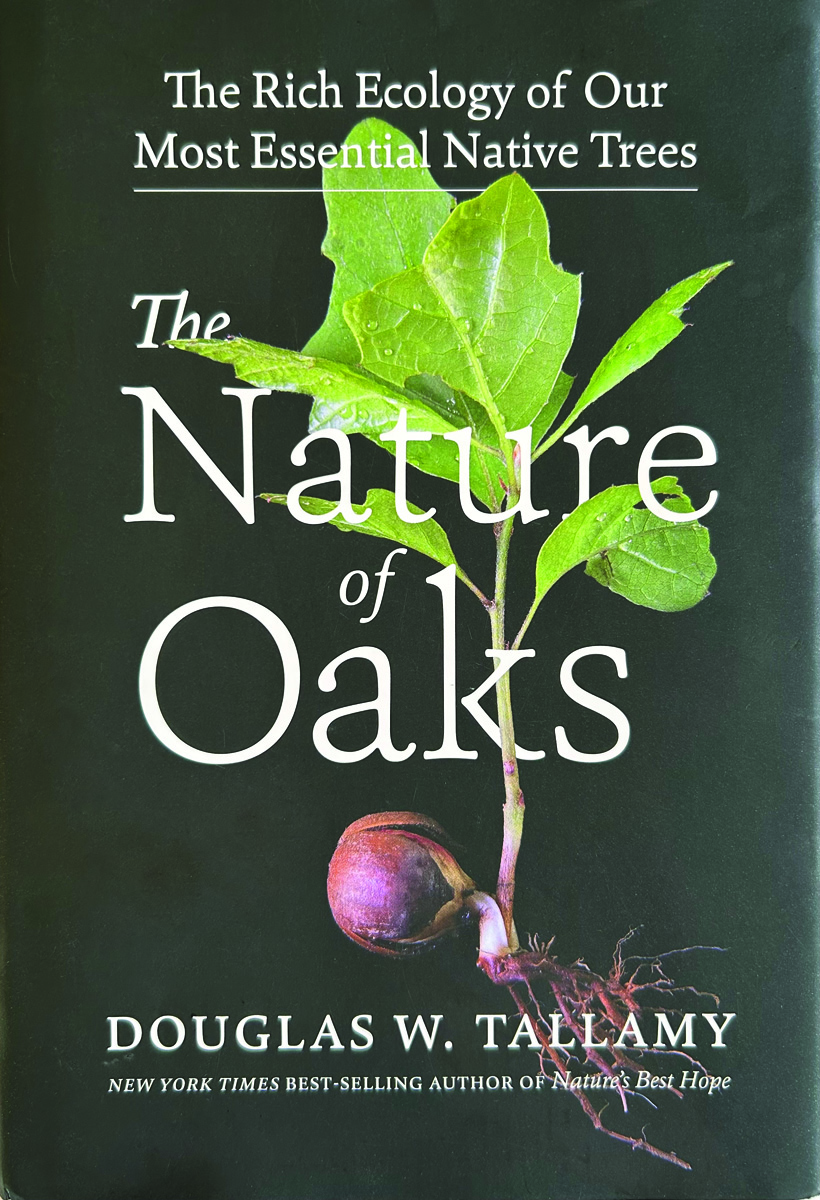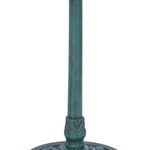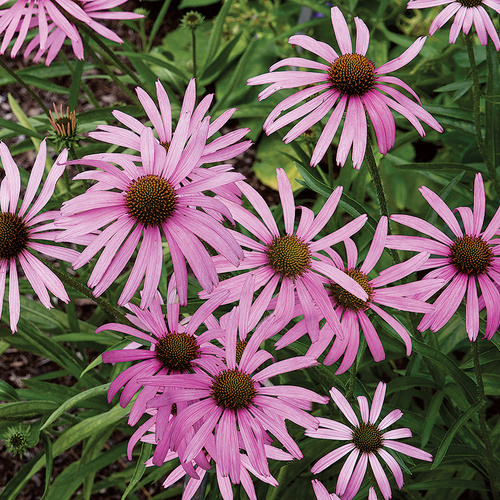The Southeastern United States is home to some of the most biologically diverse ecosystems in North America. Some of our regional native plants are abundant, many are threatened, and some are truly endangered. Since Europeans first settled in the United States, an estimated 40% of all plant species that have completely disappeared from our country were native to the Southeast. Our region is particularly important when it comes to native plant conservation.
What does it mean to be endangered? If a plant is an “endangered species” it means it is in danger of extinction throughout all or a significant portion of its range. If a plant is “threatened” it means it is likely to become an endangered species within the foreseeable future.
While not all endangered or threatened plants are suited for home gardens, several threatened or at-risk native species can be grown in a home garden. Additionally, with some research and know-how, it can be done ethically and effectively. As gardeners, land stewards, and nature lovers, understanding and protecting these endangered and threatened species can be both a conservation mission and an act of garden beauty.
Getting started
Just to be clear, not all endangered plants are tiny and delicate. There are many endangered trees, shrubs, and yes, petite little specimens that grow in the crack of a rock. Additionally, a plant can be threatened or endangered even if you commonly see it in a garden setting.
I wanted to play a role in being a refuge for native plants in my home garden. I started by ditching some turf grass and adding in a pocket prairie. Mine started as only about 120 square feet, but I’m sure it will expand in the future. I packed it with native perennials and put a heavy emphasis on flowering plants. What I created is not a true prairie; it is a fantasy version of a prairie, but it still gave me an opportunity to add a few plants to my garden that need conservation.
When adding natives to your home garden, collecting wild plants is not the answer. Buying from reputable nurseries, growing plants from seed, or sharing with other gardeners is a good way to find at-risk plants. Below are some endangered native plants in the Southeast that you can easily find in commerce but are also threatened or endangered in their native Southeastern habitat.
Tip
As a note, the RSGCN (Southeastern Plants Regional Species of Greatest Conservation Need) is just one of many resources I use to find out about threatened or endangered plants. If you want to get started protecting plants, it’s important to do your homework first, and this is a great place to start.

Yellow anise tree
Illicium parviflorum
Zones: (6b) 7–9
Size: 10 to 15 feet tall and 6 to 10 feet wide
Conditions: Full sun to partial shade; moist, well-draining soil
Level of conservation concern (in native habitat): Very High
This is an evergreen shrub or small tree characterized by its dense, upright growth and aromatic foliage. The leaves are glossy, elliptical, and emit a pleasant licorice scent when crushed. In late spring to early summer, it produces small bell-shaped yellow flowers that are often hidden beneath the new foliage. These flowers are followed by star-shaped brown seedpods that mature in late summer to early fall.
Illicium parviflorum is a species with narrow habitat requirements and a limited native range, currently known to have fewer than 20 natural populations in five central Florida counties (Polk, Marion, Lake, Volusia, and Seminole). It faces threats from habitat destruction, changes to its required hydrology, and overcollection for the horticultural trade. Although once reported in Georgia, it is now understood that the species was never native there, despite its widespread use as an ornamental plant throughout the region.
Learn more: Yellow Anise Plant Profile

Pitcher plants
Sarracenia species and hybrids
Zones: 5–9
Size: 6 to 36 inches tall and up to 2 feet wide
Conditions: Full sun to partial shade; moist and sandy soil with occasional flooding
Level of conservation concern (in native habitat): Moderate to Very High depending on the species
Pitcher plants are herbaceous, carnivorous perennials known for their striking tubular leaves that form upright “pitchers.” These modified leaves trap and digest insects, providing essential nutrients in the nutrient-poor soils where the plants naturally occur. In spring and early summer, they produce showy nodding flowers in shades of red, pink, yellow, or green, depending on the species. The foliage is often colorful and veined, making them popular in ornamental bog gardens and containers.
Native to the Southeastern United States, pitcher plants have highly specific habitat requirements, typically growing in wet, acidic environments such as bogs, wet savannas, and seepage slopes. Many species are now rare or declining due to habitat destruction, drainage of wetlands, fire suppression, and illegal collection. Although hybrids and cultivated forms are widely available and grown by enthusiasts and botanical gardens, protecting and restoring wild populations is essential to their long-term survival. It has become very popular for gardeners in the Southeast to create small bog gardens to display and grow these wonderful plants.
Learn more: A Bog Garden at Heronswood

Tennessee coneflower
Echinacea tennesseensis
Zones: 5-9
Size: 18 to 24 inches tall and 12 to 18 inches wide
Conditions: Full sun to partial shade; dry to moist, well-draining soil
Level of conservation concern (in native habitat): Very High
Tennessee coneflower is a rare, herbaceous perennial wildflower recognized by its upright stems, narrow lance-shaped leaves, and rose-pink petals that arch slightly forward around a spiny, brown central cone. It blooms from early to mid summer and is valuable for native pollinators. With its tidy habit and long-lasting flowers, it’s a favorite in native plant gardens and restoration projects. Tennessee coneflower prefers full sun and dry to moderately moist, well-drained soils. It is tolerant of drought once established and is a good choice for rock gardens, meadows, and pollinator plantings. This plant is relatively easy to grow from seed, which is widely available.
This species is endemic to the limestone cedar glades of the Central Basin of Tennessee, where it is currently known from a few natural populations. These glades are a highly specialized and limited habitat type, increasingly threatened by rapid residential development and altered fire regimes. Fire suppression has limited the species’ ability to spread, as periodic fire helps maintain the open conditions the plant requires. Despite these challenges, Echinacea tennesseensis has been successfully reintroduced into protected native habitats, where populations are now stable and potentially increasing. Once federally listed as endangered, it was delisted in 2011 thanks to ongoing recovery efforts.

Needle palm
Rhapidophyllum hystrix
Zones: 6b–10b
Size: 3 to 6 feet tall and 4 to 8 feet wide
Conditions: Full sun to partial shade; organically rich, well-draining soil
Level of conservation concern (in native habitat): High to Very High
The needle palm is a slow-growing, clumping, evergreen palm native to the Southeastern United States. It has large fan-shaped green leaves up to 30 inches wide, with 5 to 12 stiff, narrow segments. The trunk is short and thick, often hidden beneath dense leaf bases. It is adorned with sharp, black spines 6 to 10 inches long, giving rise to its common name.
This palm thrives in rich, moist, well-drained soils and prefers partial shade. Once established it can tolerate full sun. It is highly cold hardy, surviving temperatures below zero. Once established, it is drought-tolerant and can withstand wet soils. The needle palm is a valuable addition to shaded landscapes, providing texture and structure. Its dense foliage offers excellent wildlife cover, and it is deer resistant. All these positive characteristics and low-maintenance qualities make it very popular commercially, which also leads to it being exploited.
Learn more: Needle Palm Brings Easy-Care Flair to Southern Gardens
Why it matters
Many of our endangered plants in the Southeast depend on dynamic ecosystems like fire-maintained grasslands and wet prairies—habitats that have been drastically reduced. Planting native species, even outside of their generally understood range, can help conservation and preservation of these plants.
Providing refuge for pollinators and growing plants that are suffering from habitat loss can also increase your garden enjoyment. Every garden becomes a potential patchwork in a larger conservation quilt through these efforts. Beauty and biodiversity can go hand in hand in our Southeastern gardens.
More helpful resources on endangered plants:
Discuss this article or ask gardening questions with a regional gardening expert on the Gardening Answers forum.
And for more Southeast regional reports, click here.
Andy Pulte is a faculty member in the plant sciences department at the University of Tennessee.
Fine Gardening Recommended Products

The Crevice Garden: How to make the perfect home for plants from rocky places
Fine Gardening receives a commission for items purchased through links on this site, including Amazon Associates and other affiliate advertising programs.
A crevice garden replicates the environmental conditions of mountain tops, deserts, coastlines, and other exposed or rocky places on earth. These striking garden features provide perfect conditions for the plants native to these far-off places, bringing the cultivation of these precious gems within everybody’s reach.

The Nature of Oaks: The Rich Ecology of Our Most Essential Native Trees
Fine Gardening receives a commission for items purchased through links on this site, including Amazon Associates and other affiliate advertising programs.
The Nature of Oaks reveals what is going on in oak trees month by month, highlighting the seasonal cycles of life, death, and renewal. From woodpeckers who collect and store hundreds of acorns for sustenance to the beauty of jewel caterpillars, Doug Tallamy illuminates and celebrates the wonders that occur right in our own backyards. He also shares practical advice about how to plant and care for an oak, along with information about the best oak species for your area.

Alpine Corporation 28″ Tall Outdoor Birdbath with Scrollwork Decoration Yard Statue
Fine Gardening receives a commission for items purchased through links on this site, including Amazon Associates and other affiliate advertising programs.
STUNNING BIRDBATH: Quality birdbath is sure to attract feathered friends and create a charismatic ambiance for your garden, patio, deck, yard, or other outdoor space. SHALLOW SHAPE: Shallow and wide bowl assures that multiple small birds can drink and bathe safely at the same time
BEAUTIFUL DESIGN: Luxurious and antique styling adds a touch of elegance to your garden or yard. DURABLE CONSTRUCTION: Polypropylene material resists rust and damage from the elements while the sturdy base prevents the birdbath from tipping over. IDEAL SIZE: Birdbath measures 20″ L x 20″W x 28″H, the perfect size for your yard, and includes a one-year manufacturer’s warranty from date of purchase.

